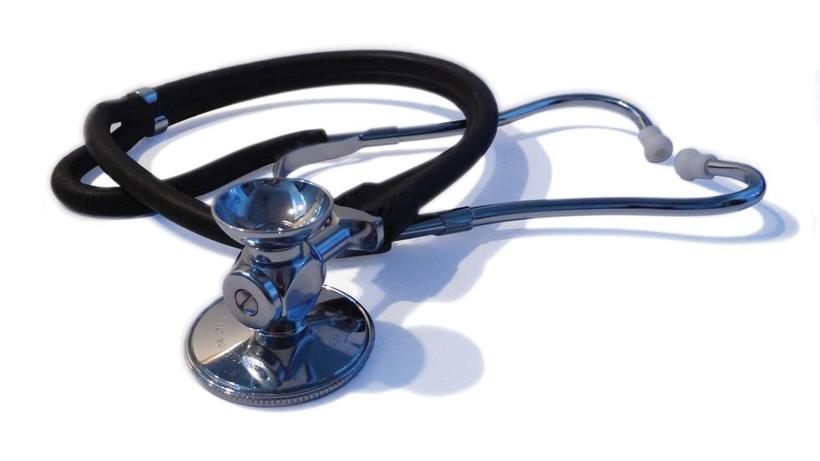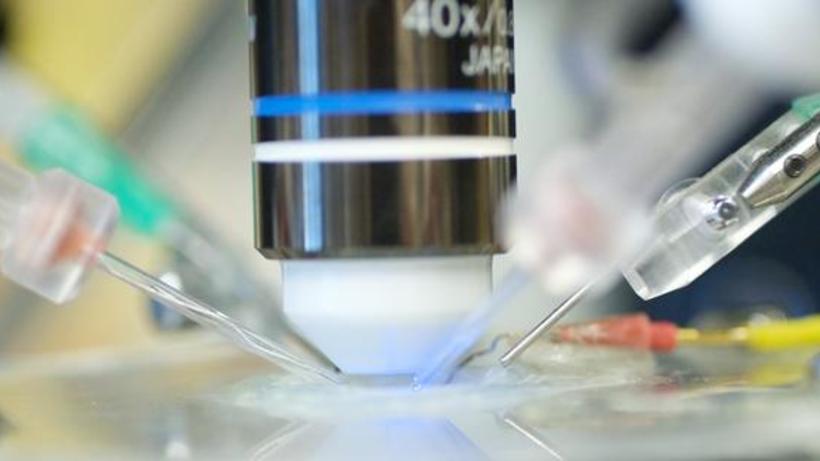Curriculum
The MD Program at Harvard Medical School comprises two curricular tracks, Pathways and Health Sciences & Technology (HST)
Overview of the MD Curriculum - Pathways & HST
Pathways incorporates pedagogical approaches that foster active learning and critical thinking, earlier clinical experience, advanced clinical and basic/population science experiences, and a scholarly project that will allow every student to plan an individual pathway to the MD degree.
HST is offered jointly by HMS and the Massachusetts Institute of Technology (MIT) and is oriented toward students with a declared interest in a career in biomedical research or a strong interest and background in physical or molecular science. The HST curriculum is designed to emphasize basic and quantitative understanding of modern biomedical sciences and pathophysiologic processes and a fundamental approach to important concepts in modern biology and biotechnology.
HMS has a three-phase MD curriculum:
- The preclerkship phase, which has two parallel curricular tracks—Pathways (making up roughly 80 percent of MD students) and Health Sciences and Technology, or HST (with about 20 percent of students).
- The principal clinical experience (PCE) phase, which is the 12-month core clerkship year.
- The post-PCE phase, when students take advanced courses, clerkships or subinternships and complete their required scholarly research projects.
Each year, 135 MD students are enrolled in the Pathways program, and they learn alongside 35 first-year HSDM students in the preclerkship phase. HST enrolls an additional 30 MD students who are committed to becoming physician-scientists. HST’s preclerkship phase is shared between HMS and MIT, and HST MD courses are conducted jointly with medical engineering-medical physics PhD students from MIT.
While the HST track also follows a three-phase curriculum, the first phase is six months longer than Pathways to match MIT’s semester structure and provide time for intensive research. As a result, the PCE phase has two six-month “phase-shifted” admission points: the Pathways students enter each fall and the HST students each spring. Finally, the extra six months of the Pathways post-PCE phase allow for three additional required months of basic and population/social science courses, as well as mentored research experiences.
All HMS medical students are expected to demonstrate mastery of the School’s six competencies for the MD degree:
- Medical knowledge
- Critical thinking and inquiry
- Patient care
- Professionalism
- Interpersonal and communications skills
- Organizational and social determinants of health care
These competencies inform the program objectives, which, in turn, drive the learning objectives for each course and clerkship.
The Educational Policy and Curriculum Committee (EPCC) serves as the MD program's critical oversight body, with subcommittees overseeing each phase of the curriculum, including the Pathways and HST preclerkship, PCE and Post-PCE phases, an assessment subcommittee that oversees the assessment and evaluation processes, and a subcommittee on anti-racism initiatives across the four years of the MD curriculum in collaboration with the other subcommittees of the EPCC and the Admissions and the Learning Environment Committees. Other key committees supporting the MD program are the Council of Academic Societies (CAS) for student advising, the PROGRESS Professional Development Committee (PDC), and the Promotion and Review Board (PRB) for performance monitoring.
Please note that the curriculum is undergoing continuous review and improvement and is subject to change at any time.




